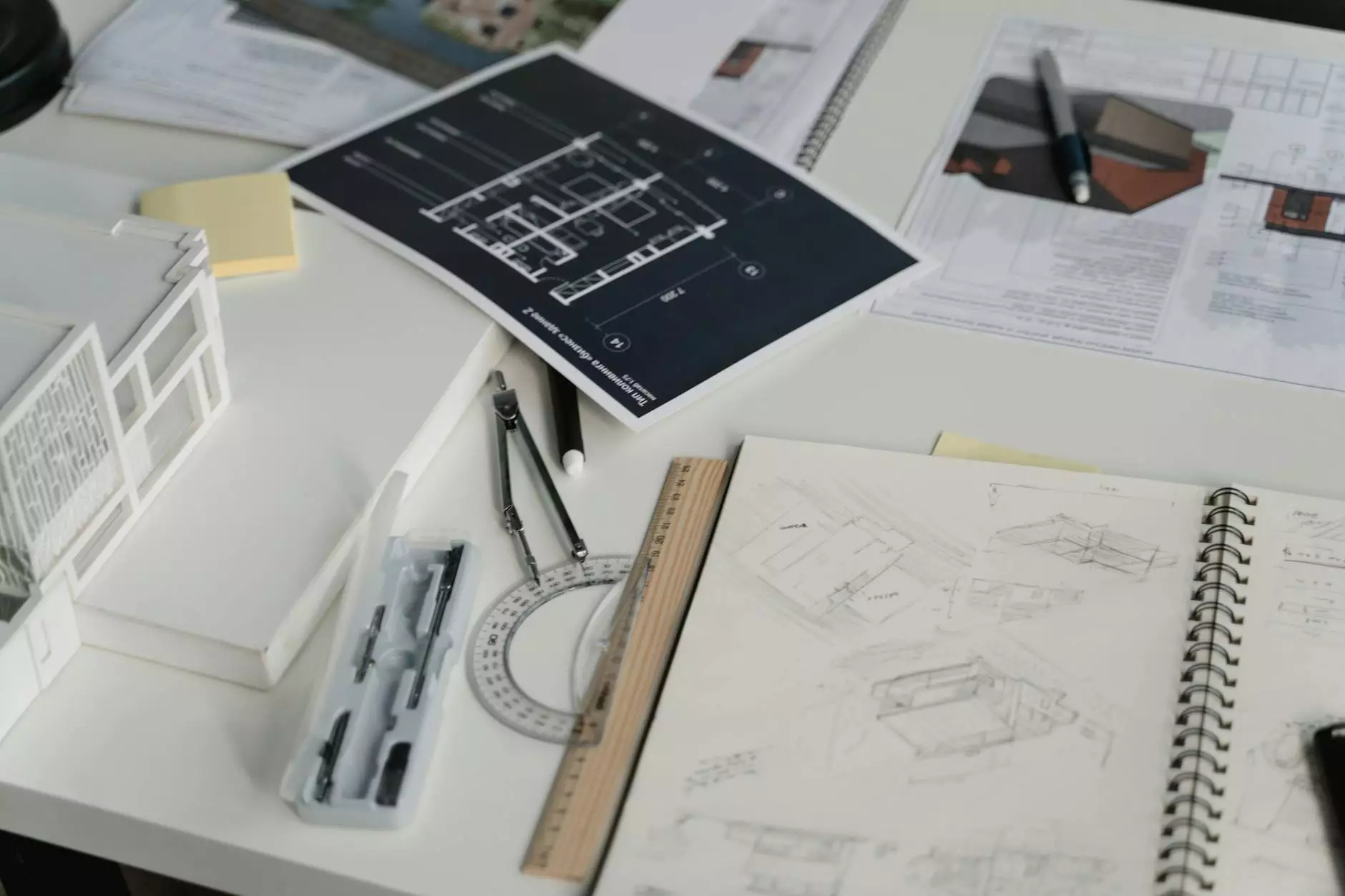Unlocking the Potential of 3D Printing in Education

In today's rapidly evolving world, technology has become an integral part of every industry, including education. While traditional teaching methods still hold significant value, incorporating innovative tools and techniques has proven to enhance learning experiences for students of all ages. One such tool that has gained immense popularity in recent years is 3D printing.
The Rise of 3D Printing
3D printing, also known as additive manufacturing, enables the creation of physical objects by layering materials based on a digital model. Initially used mainly in industrial sectors, this groundbreaking technology has now found its way into the educational landscape, revolutionizing the way students perceive and interact with various subjects.
The Benefits of 3D Printing in Education
3D printing offers numerous benefits that have captured the attention of educators worldwide. Let's delve into some of the key advantages:
1. Hands-on Learning Experience
One of the primary advantages of 3D printing in education is that it provides students with a hands-on learning experience. By transforming abstract concepts into tangible objects, students can better understand complex theories and bridge the gap between theory and practice. This interactive approach fosters exploration, experimentation, and critical thinking.
2. Encourages Creativity and Design Thinking
3D printing empowers students to become creators and designers, nurturing their creativity and honing their design thinking skills. Through the process of designing and prototyping, students can bring their ideas to life, pushing the boundaries of their imagination. This not only develops their problem-solving skills but also instills an entrepreneurial mindset.
3. Enhances STEM Education
Science, Technology, Engineering, and Mathematics (STEM) education forms the backbone of a well-rounded education system. 3D printing seamlessly integrates into the STEM curriculum, enabling students to explore and excel in these fields. From designing prototypes for engineering projects to visualizing complex geometric concepts, 3D printers provide a practical platform for hands-on STEM learning.
4. Promotes Collaboration and Teamwork
3D printing encourages collaboration and teamwork among students, mirroring real-world scenarios. Working together on designing and building models fosters effective communication, cooperation, and problem-solving skills. Students can exchange ideas, brainstorm solutions, and learn from each other's perspectives, enriching their overall learning experience.
Implementing 3D Printing in Education
Integrating 3D printing into educational institutions requires careful planning and implementation. Here are some practical steps to successfully introduce 3D printing in the classroom:
1. Establish Clear Learning Objectives
Before introducing 3D printing, educators must define clear learning objectives aligned with the curriculum. Identifying specific topics or projects where 3D printing can add value ensures a focused approach and maximum benefits for students.
2. Select the Right 3D Printer
Choosing the right 3D printer is crucial to meet the educational requirements. Consider factors such as ease of use, safety features, quality of output, and affordability. Additionally, opt for a printer that supports a wide range of materials to enhance versatility.
3. Integrate 3D Printing Across Subjects
3D printing should not be limited to STEM subjects only. Encourage cross-disciplinary collaboration by exploring applications in art, history, geography, and other areas, allowing students to connect various subjects and develop a holistic understanding.
4. Provide Sufficient Training and Support
Equip educators with the necessary training and support to effectively utilize 3D printing technology. Workshops, tutorials, and online resources can help teachers understand the potential applications and effectively guide students in their learning journey.
5. Encourage Personal Projects and Research
Motivate students to pursue personal projects and research using 3D printing. This autonomy fosters a sense of ownership and passion for learning, empowering students to explore their interests and take their learning beyond the classroom.
Conclusion
As technology continues to reshape the educational landscape, 3D printing stands out as a transformative tool with vast potential. Integrating this innovative technology into classrooms unlocks endless possibilities for students, enhancing engagement, critical thinking, and creativity. By embracing 3D printing, educators can create a dynamic and immersive learning environment that prepares students for the challenges of the future.
blog.selfcad.com



